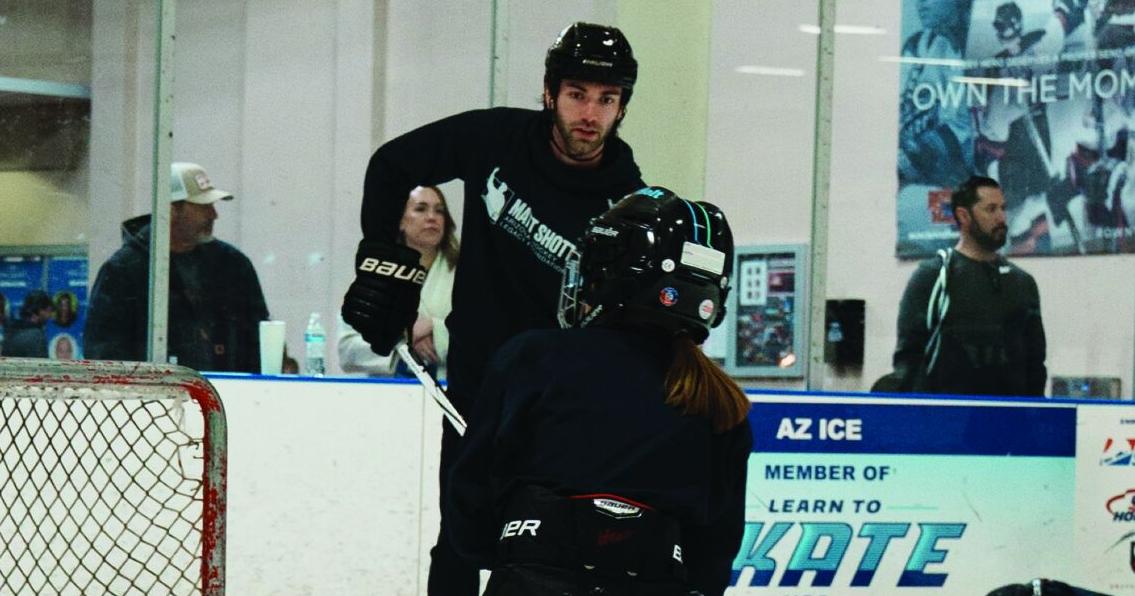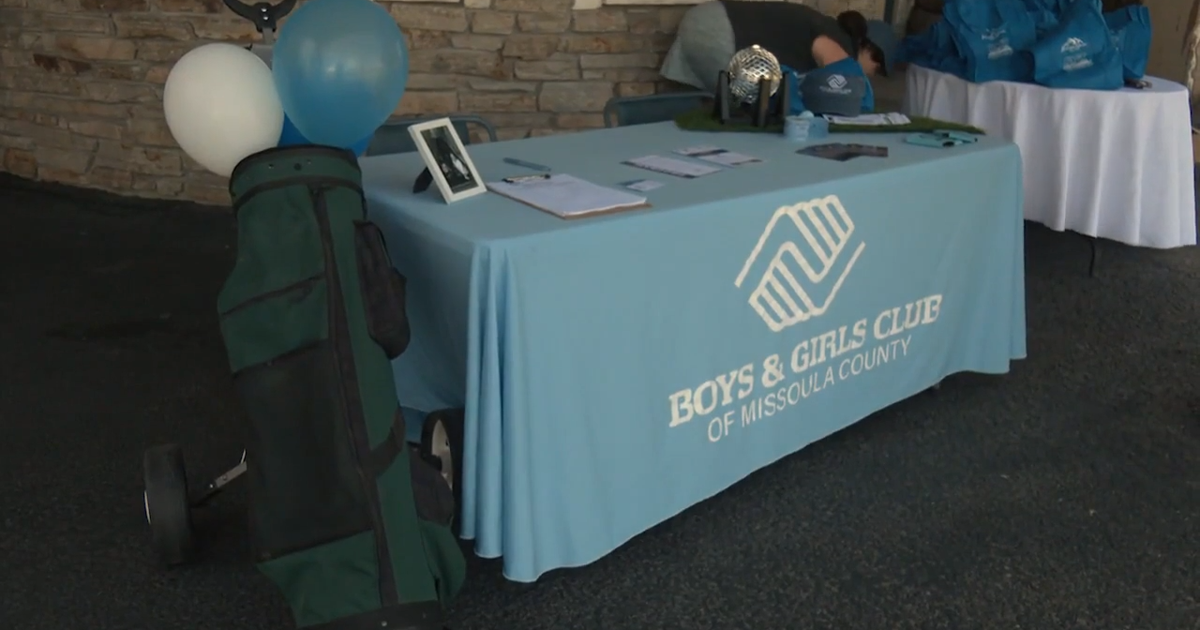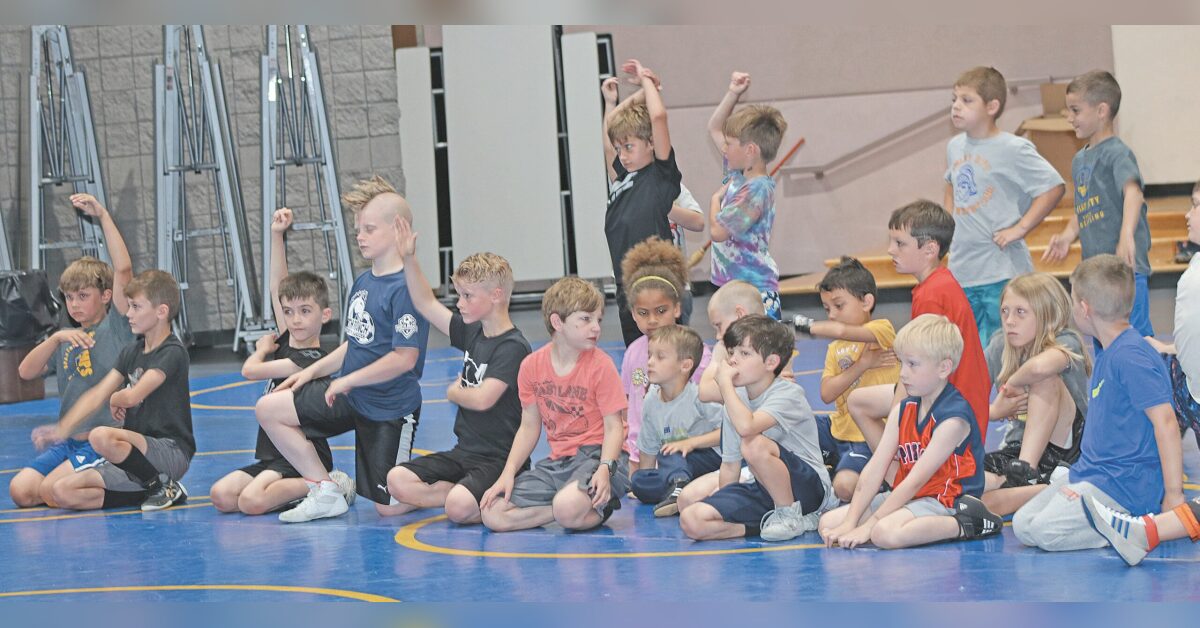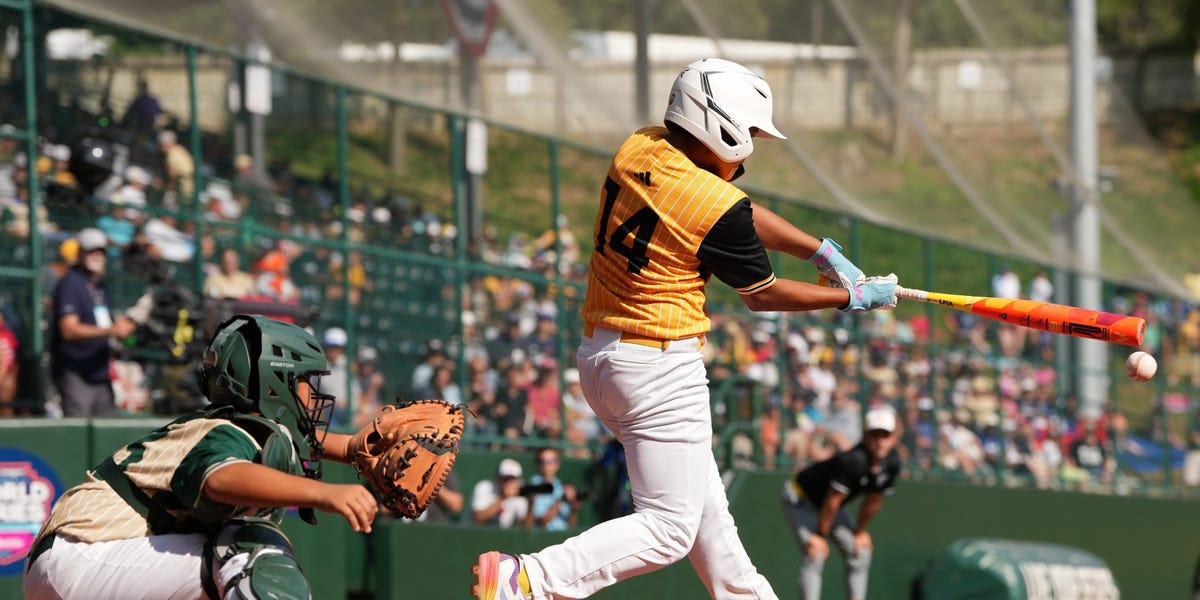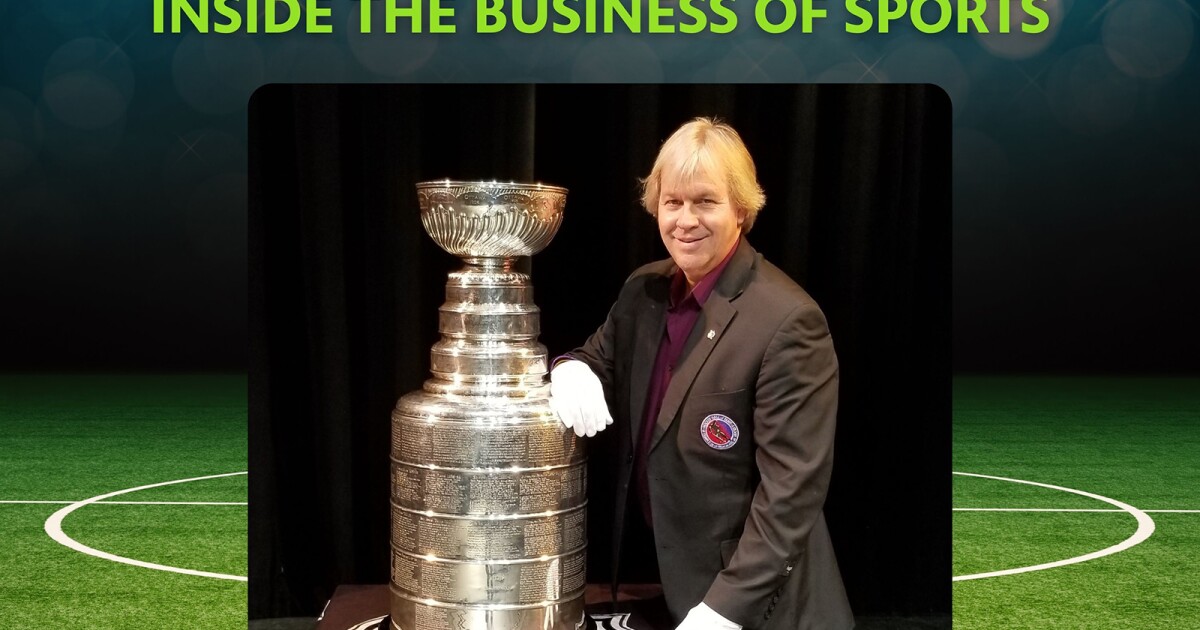SANDPOINT — About six months after the James E. Russell Sports Center first opened its doors in Sandpoint last December, city staff have reported that the facility has not sustained itself financially; they expect its revenue to be about $100,000 short of its expenses by the end of its inaugural year.
On Wednesday, the city hosted about 100 community members at the racket sports center to gather input from users and explore potential changes that could drive up revenue or reduce costs.
Community planning and development director Jason Welker, who oversees Sandpoint’s parks and recreation programs and facilities, suggested that the city could either maintain its current approach at the facility, shrink the center’s operating hours, install new modular playing surfaces for mixed sports use on some of the courts, or recruit a nonprofit organization to operate the facility.
Before any significant change can occur, a majority of Sandpoint city councilors will have to vote in favor. No conclusive decisions were made at the workshop.
A $7.5 million gift
The idea to create a public indoor sports facility in Sandpoint arose when Ginny and Jim Russell, wife and son of James Russell, a lifelong sports enthusiast who passed away in 2019, approached city staff with an offer to donate funds to cover the center’s construction.
The Russells ultimately gave the city $7.5 million — one of the largest donations a municipality in Idaho has ever received for a recreation project — which allowed Sandpoint to complete construction late last year without spending any taxpayer dollars.
As city staff prepared to open the sports center, they told community members that they intended for revenue from memberships and user fees to cover the facility’s maintenance and operation costs, and didn’t intend to dip into city funds to support the property.
In a Feb. 5 city council meeting, Welker noted that the city is trying to run the facility like a business because, “it does need to cover its cost of operations.”
After sharing Wednesday that costs over the first 12 months of operation are expected to total $222,858 while revenue is projected to be $120,921, Welker told attendees that spending at the facility has been inflated by start-up expenses and are likely to go down in future. He also noted that the city will not draw money from its general fund to cover the anticipated shortfall this year, but rather from its recreation fund, which is supported by city residents’ property taxes and ordinarily finances the city’s youth and adult sports programs, enrichment classes, lifeguard program and trail maintenance work.
Welker further shared that he recently examined the financial structures of municipal sports centers across the country, and said he discovered that facilities like the Russell Center are rarely able to cover their costs without outside support.
As a result of his research, Welker said he believes that regardless of the approach the city takes, “it is highly unlikely that this facility is ever going to fully fund its operations out of revenues.”
Welker added that “the question council needs to answer is, ‘How do we maximize the community benefit provided the tax-subsidized nature of this facility?’”
Possible revisions
During Wednesday’s workshop, Welker introduced four potential paths forward for the facility.
The first option is to maintain the current operating protocol and absorb the revenue shortfall each year at the expense of other city recreation opportunities. Welker noted that Sandpoint could utilize the skills of a new facilities supervisor joining the recreation department next week to expand programming at the property and increase awareness of the Russell Center.
“We have completely failed in marketing this facility,” Welker said during the workshop. “There hasn’t been adequate marketing whatsoever.”
Another option is “drastically” reduce costs by slashing operating hours and thus payroll — the property’s largest expense by far. Welker expressed concern, however, that a reduction in hours could come with a drop in memberships and limit the measure’s effectiveness.
A third option is to purchase a modular court and artificial turf surface that could be installed on top of some of the existing tennis and pickleball courts and used for winter basketball, baseball, soccer and other sports.
Along with a protective cover that could be rolled out over the floor and allow the Russell Center to host special events, Welker estimated the changes would cost $326,000 in total. He noted that the city has an offer in hand from an anonymous donor willing to cover half that sum.
Welker calculated that the change could bring in an additional $56,120 in annual revenue, but noted that the estimate doesn’t account for a reduction in racket sports revenue that could occur when court space shrinks.
The fourth option is to allow a third party to operate the facility. Welker noted that the city has communicated with the Pacific Northwest chapter of the nonprofit United States Tennis Association, and that the organization has expressed interest in becoming involved with the Russell Center.
In similar municipally-owned facilities, Welker said, the organization has introduced a significant variety of educational opportunities and tennis programs.
He noted that with the additional programming tends to come an additional cost.
“Just to give the community an idea, this would not be an option that would necessarily make it cheaper to play at the sports center,” he said.
Council, community feedback
After city councilors absorbed the options, they voiced their thoughts; almost all expressed a desire to do right by Sandpoint residents at large.
“I just want to make the best decision for the city taxpayers,” said Councilor Deb Ruehle.
Councilor Joel Aispuro expressed support for the idea to install mixed-use surfaces to expand the Russell Center’s user group, but noted that it may be premature to initiate a significant change at the property — a point seconded by Councilor Rick Howarth.
“I think it is prudent that we’re looking ahead and saying, ‘How do we go look to the future and make sure that we make this a viable option for the community?’” Howarth said.
“But, we’re only six months into it,” he added.
Many of the community members who spoke during the workshop urged councilors to allow city staff to ramp up marketing efforts and to give the local racket sports community time to cultivate new players.
“I’ve been around long enough to remember when we started soccer, there was not a soccer community. Kids in the high school did not know how to play soccer,” said Cheryl Klein, former city recreation department employee and Sandpoint High School athletics director.
“It took a while,” she explained. “You have coaches, you have programs, you grow and you make that happen.”
Several coaches and leaders of youth sports programs spoke in support of the option to introduce mixed-use surfaces, and told staff they would be eager to pay to use them.
Adam Tajan, local soccer coach, told attendees that there is a shortage of adequate indoor space for athletics during winter, and that because of it, he has had to turn away participants in the past.
“I have been chasing indoor space for sports for a long, long time,” he said. “There’s a huge demand for that.”
Regardless of their preference for the future of the Russell Center, community members voiced an opinion that the quality of the coaching, programs and opportunities for improvement within a facility are much more important than the facility itself.
“If you just open the doors and let them do their thing and then leave, they may or may not come back,” said Darren Laiche, a local basketball coach. “If you have the right people running the facilities, making them feel a certain way, building confidence, making them feel good about themselves, they’ll never leave.”
Next steps
At the workshop, Sandpoint Mayor Jeremy Grimm told attendees that in the coming weeks, he intends to follow up with councilors and bring them a proposal that will dictate the facility’s future “sometime in the coming months.”
He also noted that regardless of which activities the Russell Center goes on to host, he above all wants to see it full of city residents enjoying what it has to offer.
The last time he visited the Russell Center with a family member, Grimm recalled, “We were the only people in the facility — and I thought, ‘What a shame that there’s no one here.’”
“I’m not as concerned about the subsidies,” Grimm said. “I want to see it used. I want to see it appreciated.”
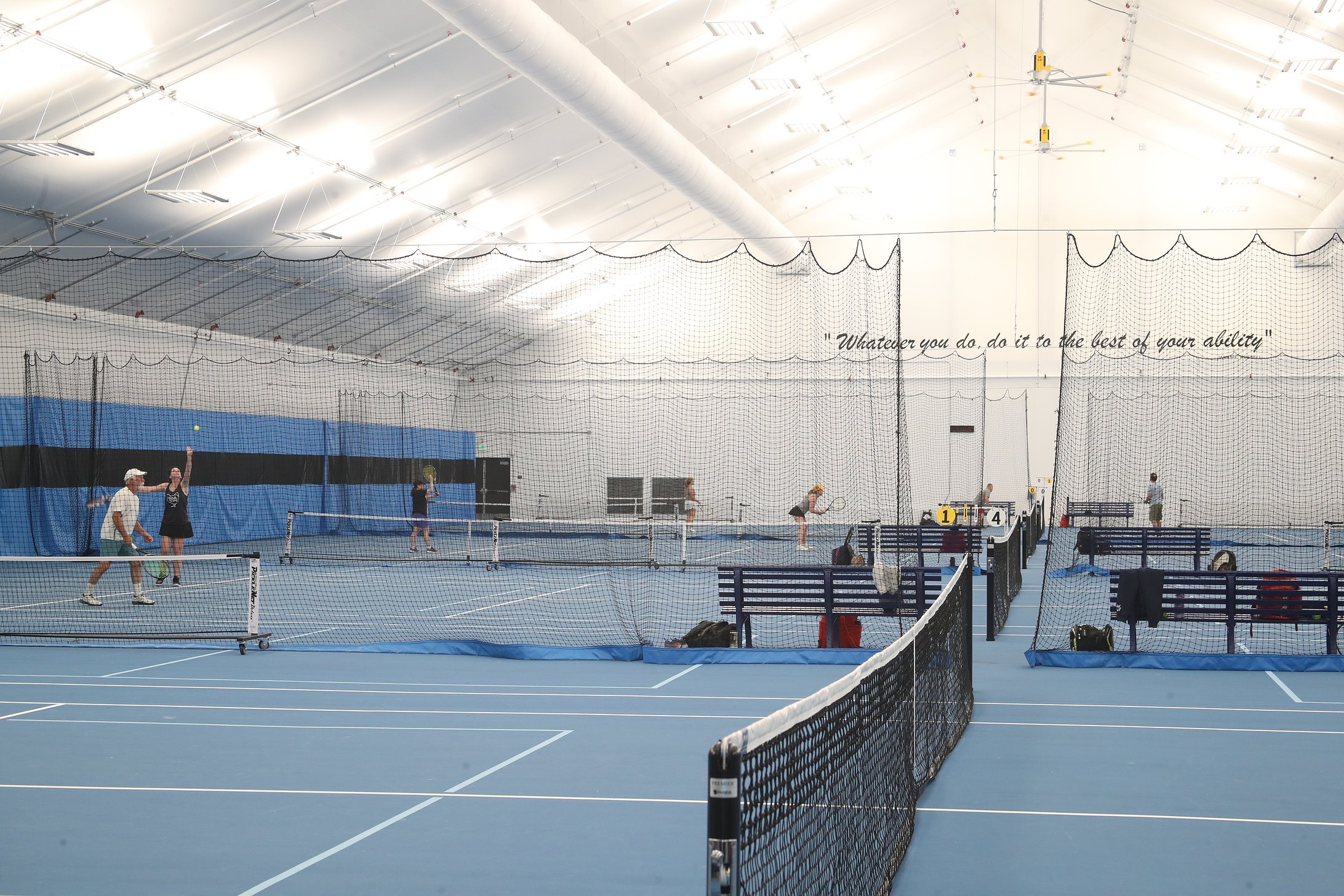 Tennis players practice at the Russell Center Wednesday.
Tennis players practice at the Russell Center Wednesday.
 The James E. Russell Sports Center, photographed in May.
The James E. Russell Sports Center, photographed in May.




